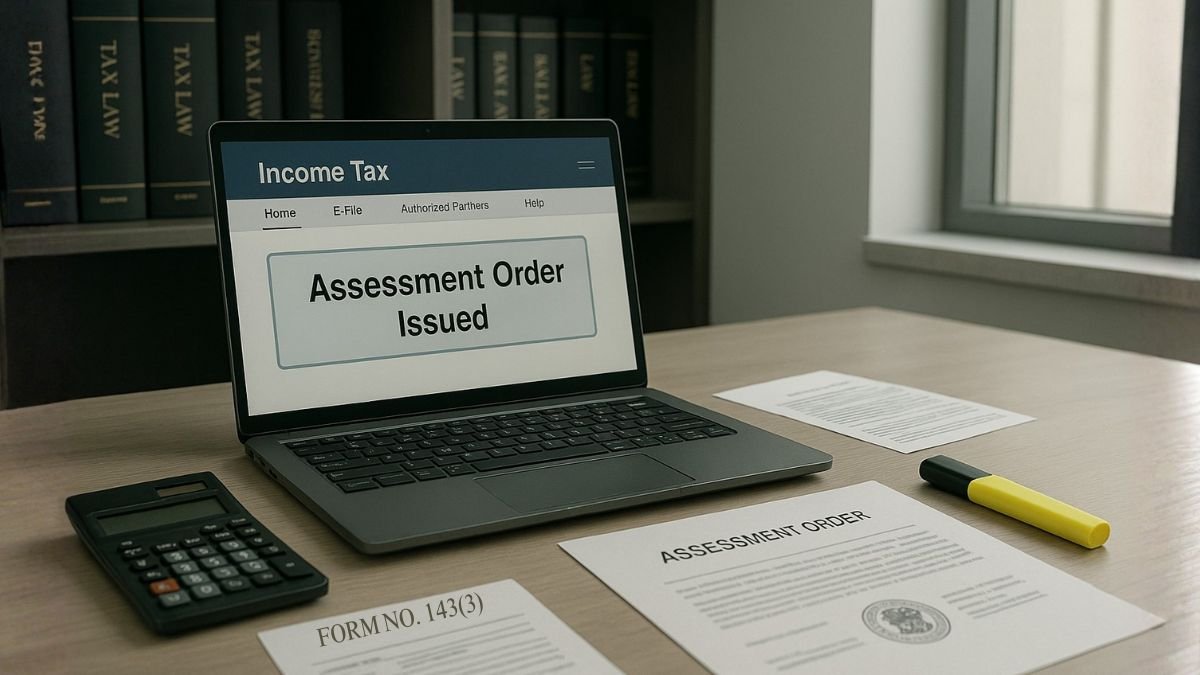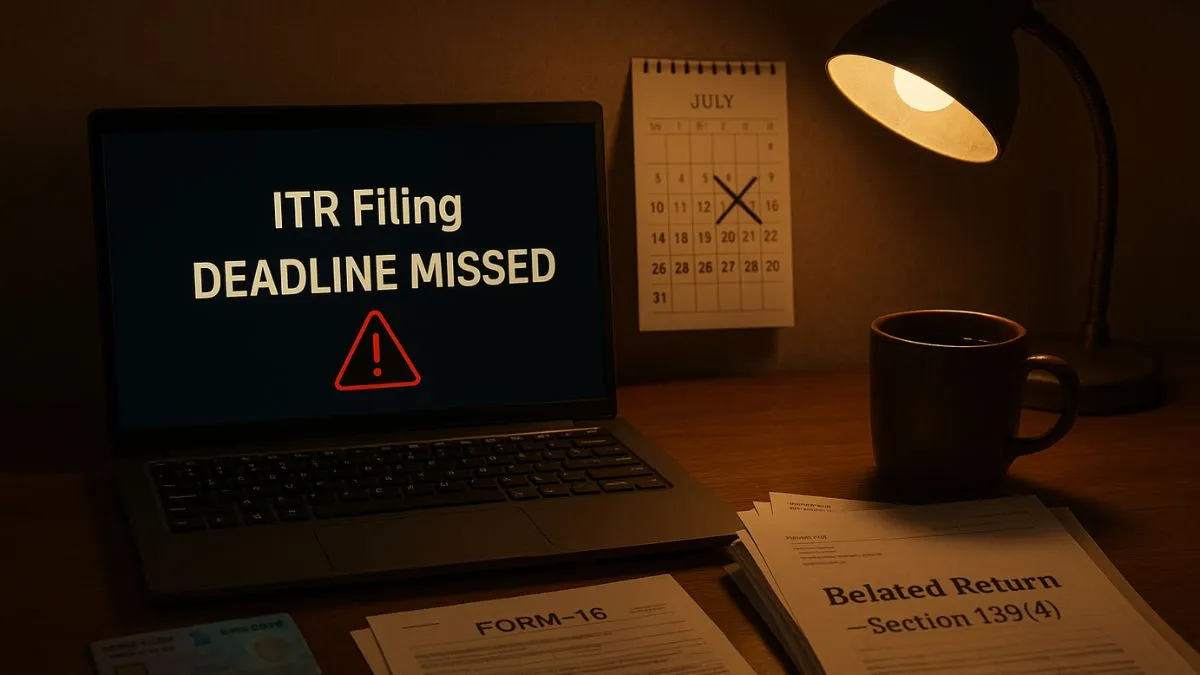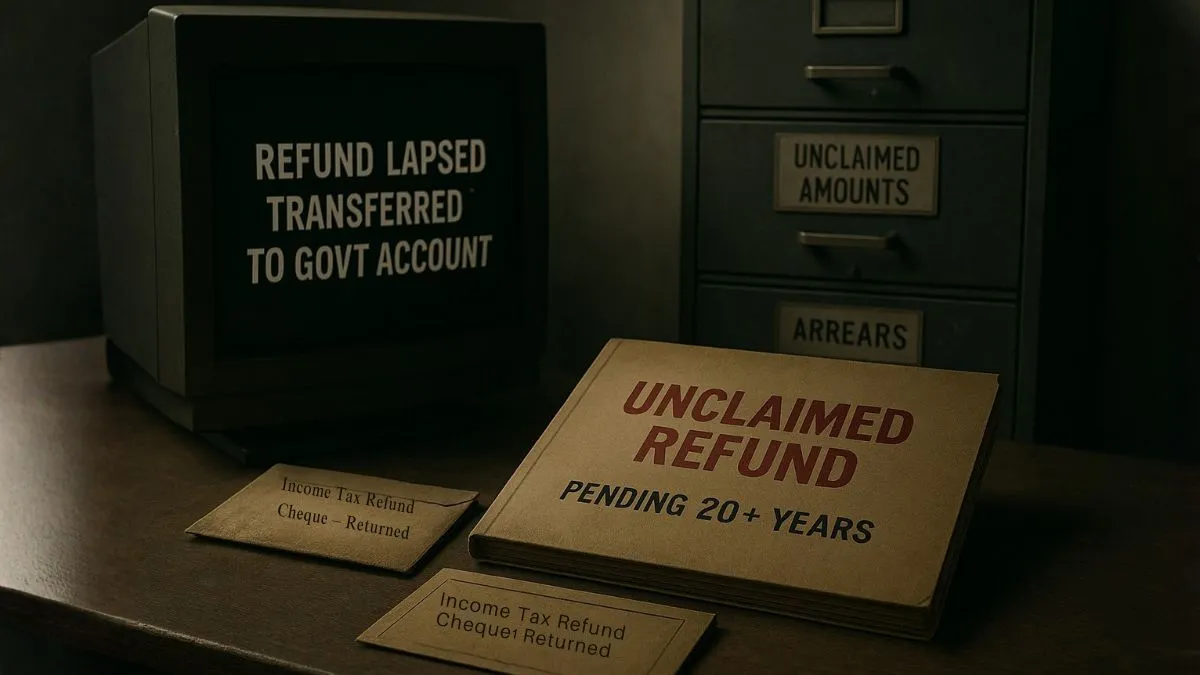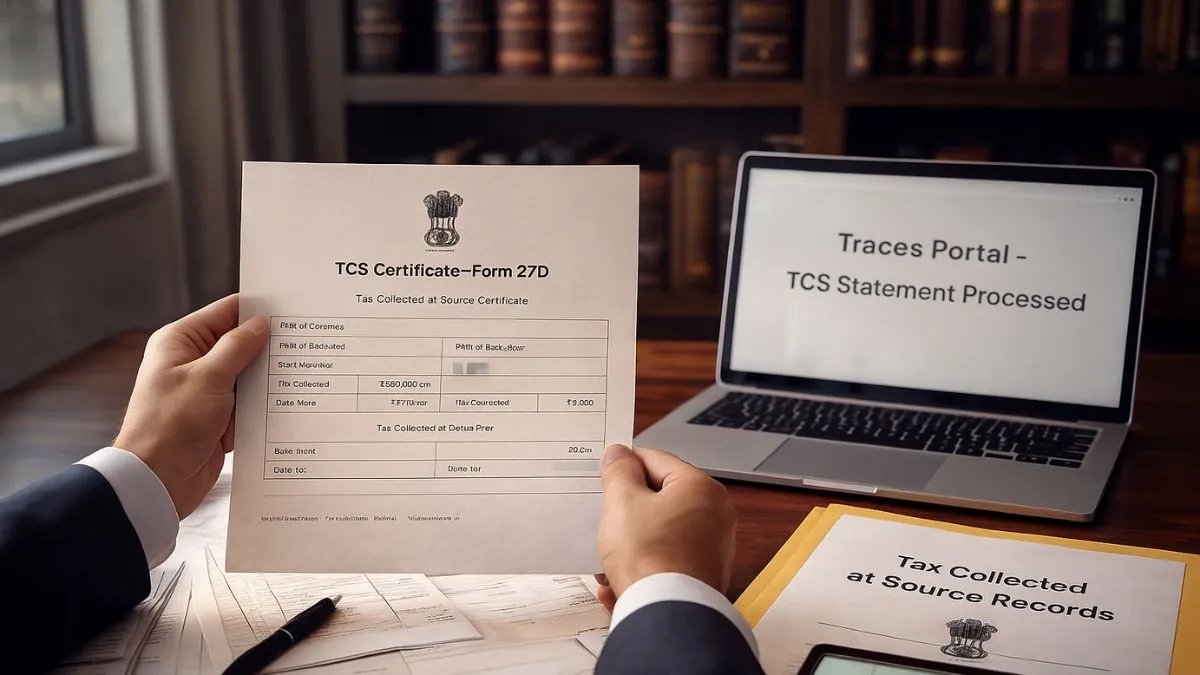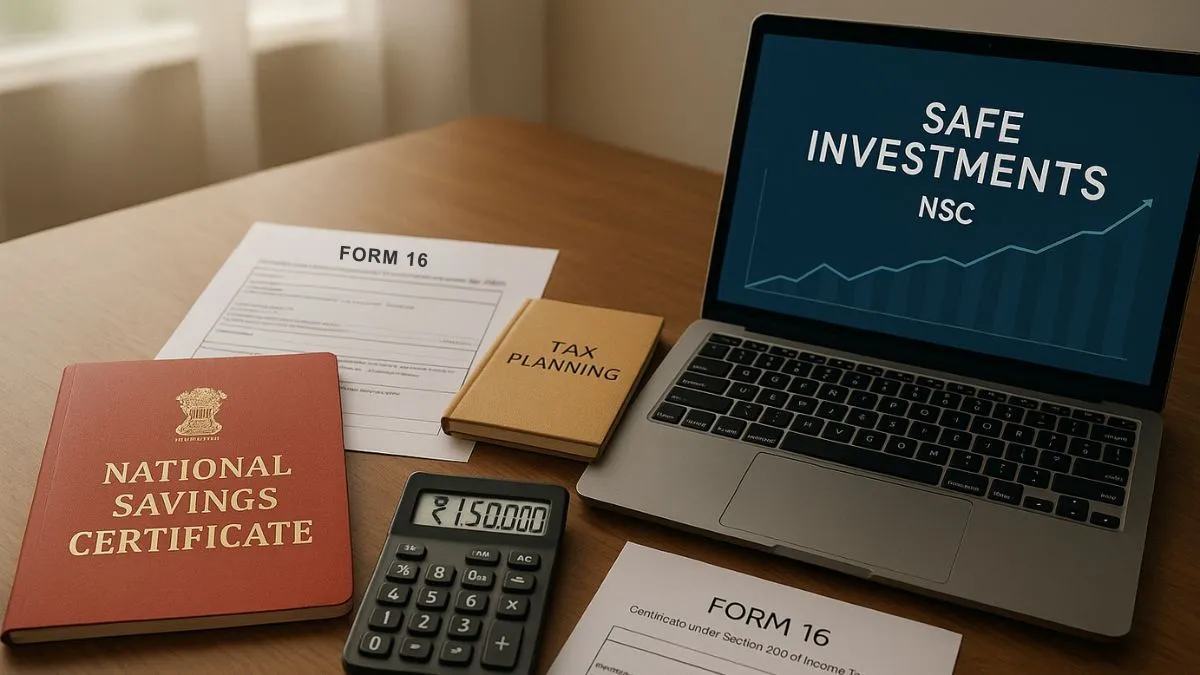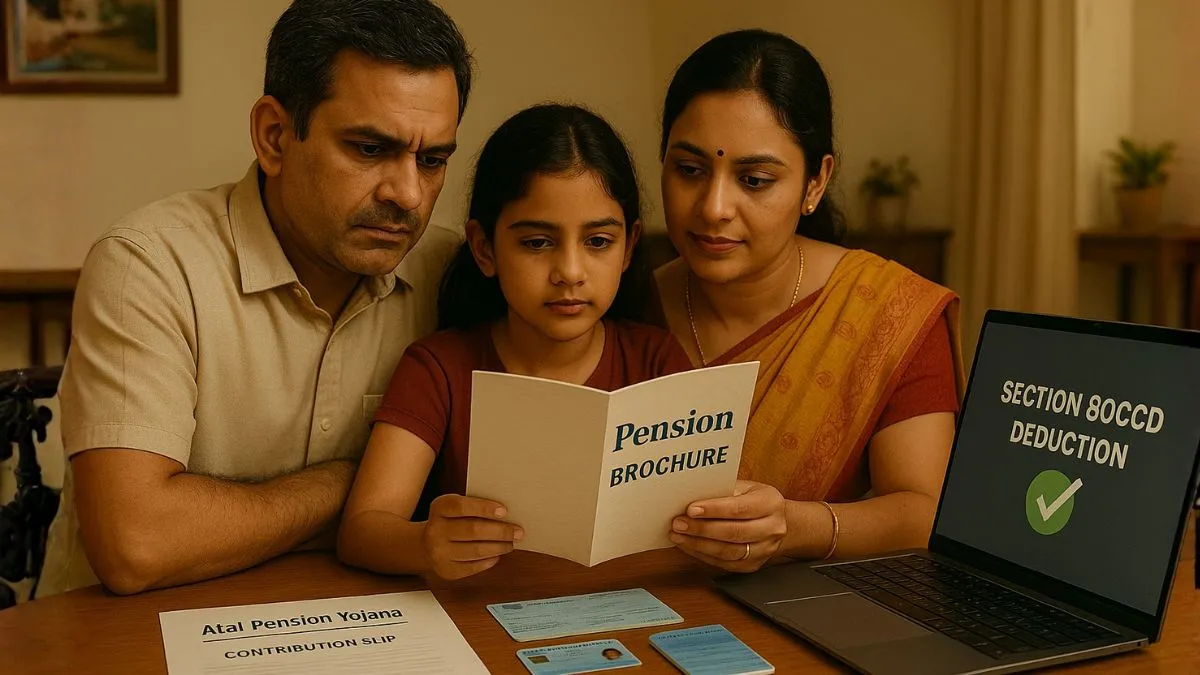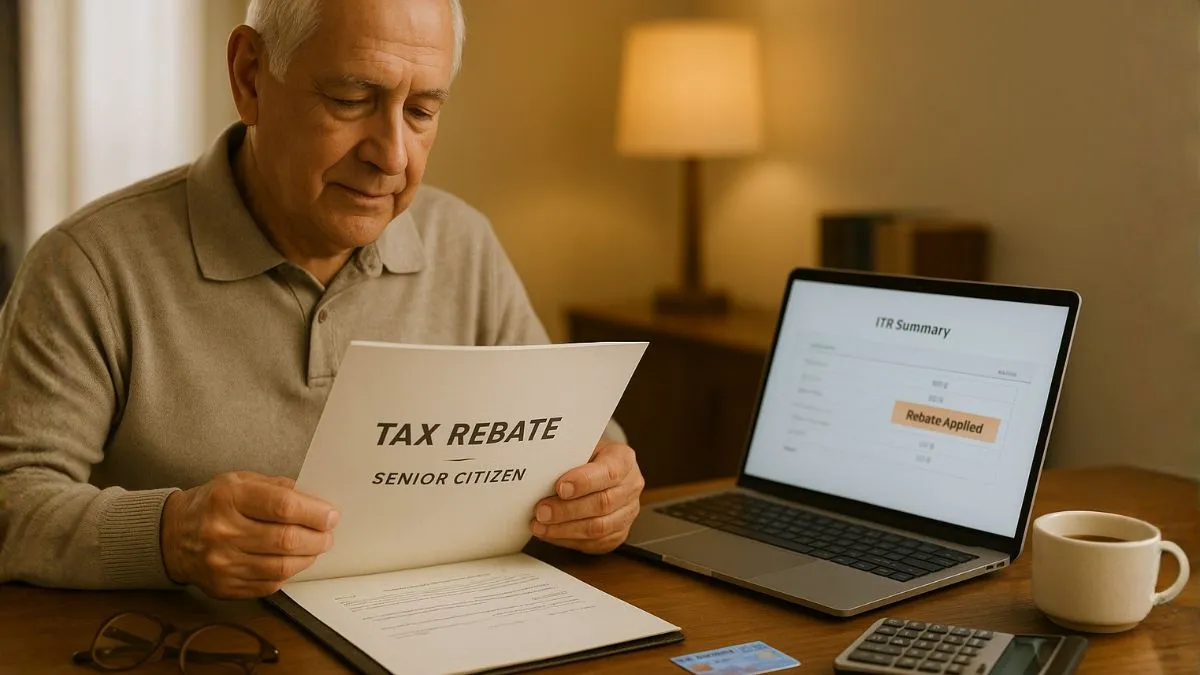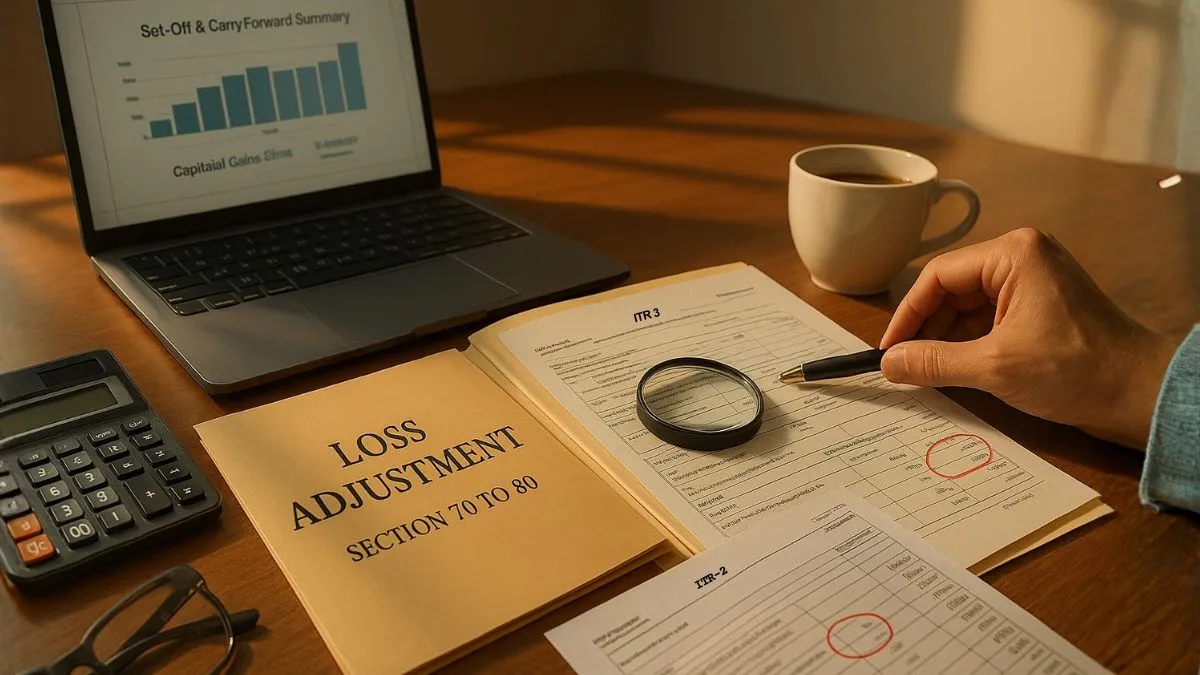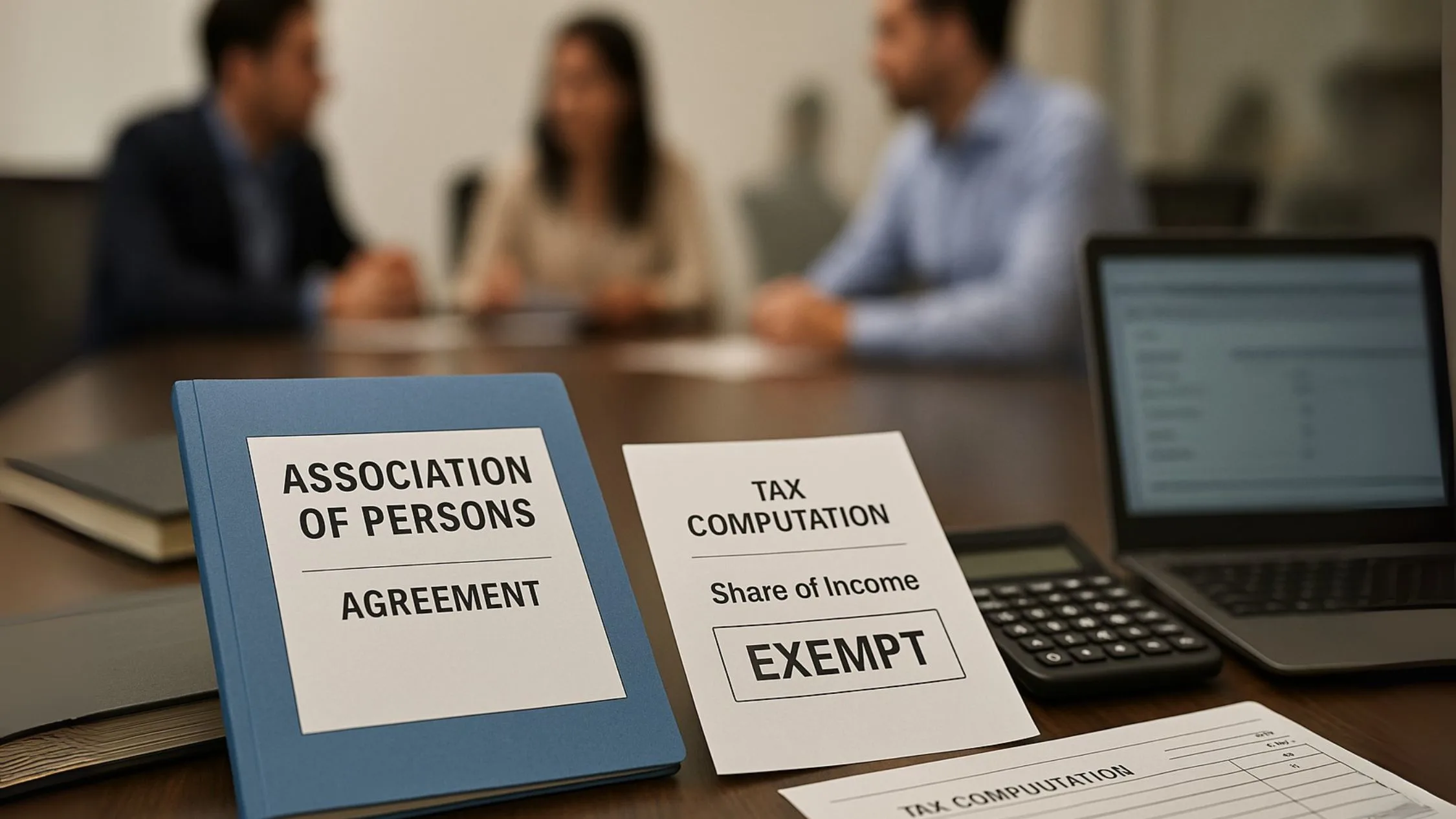
When it comes to income tax in India, double taxation is always a concern. To address this, the Income Tax Act, 1961 has introduced specific provisions ensuring fair tax treatment for individuals who are members of an Association of Persons (AOP) or Body of Individuals (BOI). One such provision is Section 86 of Income Tax Act.
This section clarifies how the share of income from AOPs or BOIs will be taxed in the hands of their members. In some cases, the law specifically states that income-tax shall not be payable by an assessee if the AOP/BOI has already paid tax at the maximum marginal rate. At the same time, the section also highlights rules around non-chargeability of capital gain under certain structures.
In this blog, we’ll break down Section 86, its scope, implications, and practical examples so that taxpayers can understand when they are exempted & when liability arises.
What is Section 86 of Income Tax Act?
Section 86 of Income Tax Act applies to individuals who are members of an AOP or BOI. It ensures that the income received from such entities does not get taxed twice.
The law says:
- If an AOP/BOI is taxed at the maximum marginal rate, the member’s share in that income is exempt.
- In such a case, income-tax shall not be payable by an assessee on that income.
- If the AOP/BOI’s income is taxed at normal slab rates, then the member’s share becomes taxable in his/her hands.
This means the section ensures equity in taxation, avoiding unfair treatment of income arising from collective business or professional structures.
Key Features of Section 86
- Avoidance of Double Taxation
- Section 86 ensures that the same income is not taxed twice—once in the hands of the AOP/BOI & again in the hands of the member.
- Income-tax shall not be payable by an assessee
- Where AOP/BOI has been taxed at the maximum marginal rate, the member need not pay tax again.
- Non-Chargeability of Capital Gain
- In certain situations, non-chargeability of capital gain is provided, ensuring fairness when profits arise from collective investments."
- Taxable in Member’s Hands
- If AOP/BOI is taxed at normal rates, the member must include his/her share in total income & pay tax as per individual slab.
Also Read: The Tax Rule That Decides Rates for Partnership Firms & AOPs
Why Section 86 is Important?
Without Section 86, the income structure for AOPs/BOIs would have been unfair. Both the entity & the member could be taxed on the same income, leading to double taxation.
By stating that income-tax shall not be payable by an assessee in certain cases, the section:
- Protects members from unfair tax burdens.
- Encourages collective business or professional ventures.
- Simplifies compliance for individuals linked with AOPs/BOIs.
Practical Examples of Section 86
Example 1: Maximum Marginal Rate Case
An AOP earns ₹10,00,000 in a year. It is taxed at the maximum marginal rate. One member’s share of profit is ₹2,50,000.
- Under Section 86, the member does not need to pay tax again.
- This is because income-tax shall not be payable by an assessee when tax is already paid at maximum marginal rate."
Example 2: Normal Slab Rate Case
An AOP earns ₹4,00,000, which is taxed at normal slab rates. A member’s share is ₹1,00,000.
- In this case, the member must include ₹1,00,000 in his total income & pay tax as per his slab.
Example 3: Capital Gain Scenario
Suppose an AOP sells a capital asset & realizes a gain. Section 86 provides for non-chargeability of capital gain in the hands of the member if the AOP has already paid tax.
Section 86 and Non-Chargeability of Capital Gain
A key aspect of Section 86 is the non-chargeability of capital gain in certain cases. Capital gains earned by AOP/BOI are taxed at entity level. Members are not required to pay tax again on their share, thus ensuring fair treatment.
This principle aligns with the overall design of the Income Tax Act—avoiding double taxation & keeping tax liabilities clear & transparent.
Also Read: Relief from Double Taxation for Indian Residents
Impact of Section 86 on Taxpayers
- For Members of AOP/BOI
- Relief from double taxation.
- Simpler tax compliance since income may not need to be reported again in some cases.
- For AOPs/BOIs
- Encourages forming associations since members are not penalized with extra tax."
- For Tax Administration
- Reduces disputes around double taxation.
- Provides clarity for tax officers assessing members of AOPs/BOIs.
Section 86 in Contrast with Other Provisions
While Section 86 deals with AOPs/BOIs, it shares similarities with other exemptions in the Act. Just as some provisions state that income-tax shall not be payable by an assessee, Section 86 specifically extends this benefit to members of collective entities. Similarly, its reference to non-chargeability of capital gain makes it comparable to exemptions under Section 10 that deal with specific incomes.
Challenges and Misinterpretations
Even though Section 86 is straightforward, there are challenges:
- Confusion about Applicability: Many taxpayers are unsure when exactly income-tax shall not be payable by an assessee & when it must be paid.
- Accounting Errors: Members sometimes fail to correctly report exempt income."
- Overlap with Capital Gains: While the section clarifies non-chargeability of capital gain, practical issues arise if capital gains are partly exempt and partly taxable.
Tax Planning Using Section 86
For members of AOPs/BOIs, Section 86 can be a powerful tax planning tool:
- Ensure that AOP/BOI is taxed at maximum marginal rate to benefit from exemption.
- Understand non-chargeability of capital gain & structure investments accordingly.
- Keep proper records to avoid litigation with tax authorities.
Also Read: HRA Demystified: A Salary Perk That Doubles as a Tax Shield
Conclusion
Section 86 of Income Tax Act is a crucial safeguard for members of AOPs & BOIs. It ensures fairness by preventing double taxation and providing clarity on taxation rules. The section clearly states that income-tax shall not be payable by an assessee in certain cases and even recognizes the non-chargeability of capital gain in specific contexts.
For taxpayers, understanding this section is vital for correct tax filing and planning. For professionals & businesses operating collectively, it can make a significant difference in reducing liability.
👉 Want to maximize your tax savings while staying compliant with provisions like Section 86 of Income Tax Act? Visit Callmyca.com and connect with experts who simplify taxation for you.

